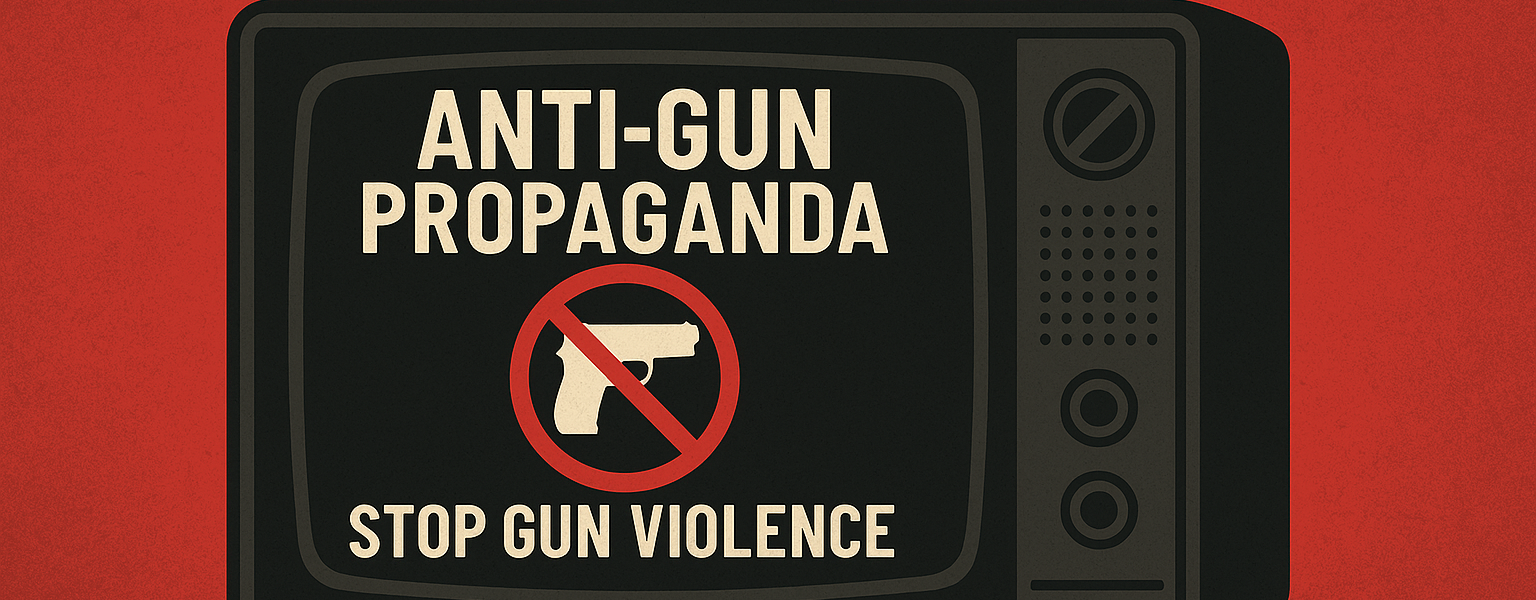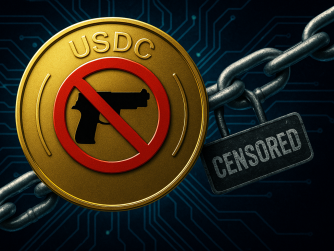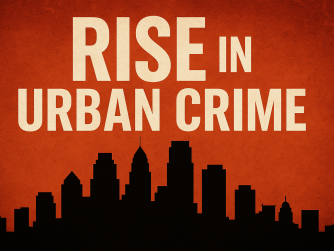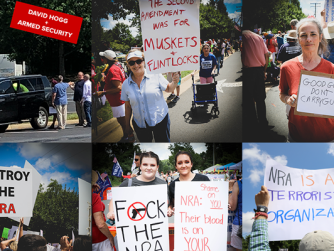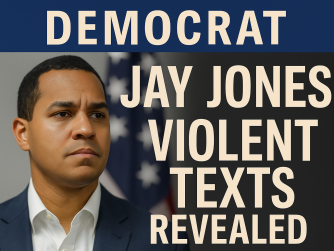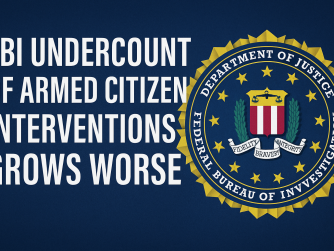In recent months, viewers have been fed a slick anti-gun PR push from the Ad Council under the banner “Agree to Agree.” The commercials repeat a scare statistic about “children” and guns, then direct viewers to a website packed with gun-control messaging — including instructions on how to petition for red-flag gun confiscation orders.
Despite its kumbaya name, the campaign is not bipartisan dispute-resolution; it is a gun-control consortium. The campaign’s “stakeholder partners” are the usual stable: Brady, Giffords, Everytown, and the Johns Hopkins Center for Gun Violence Solutions at the Bloomberg School of Public Health. The Violence Policy Center is not listed — but its favorite money-well, the Joyce Foundation, is.
The Headline Lie
The campaign’s anchor claim:
“Gun injuries are now the leading cause of death for children and teens ages 1–17, surpassing car crashes for the first time in two decades.”
To back it, the Ad Council cites a Bloomberg School report. The sleight of hand is familiar:
-
take deaths among actual children
-
add in deaths among older teens and young adults (often in criminal contexts)
-
re-label the whole block as “children” or “children and teens”
-
use that composite to claim “guns are the leading killer of kids”
When actual children are considered — ages 0–14 — firearms are not the leading cause of death. In 2023, motor vehicle deaths in that group were over 40% higher than firearm deaths.
The picture flips only when you expand to teens (15–17 / 15–19 / 15–24). In fact, roughly 70% of “0–17” firearm deaths occurred among 15–17-year-olds — the demographic most exposed to criminal violence and, in many jurisdictions, eligible to be prosecuted as adults. Conflating them with toddlers is statistical propaganda.
Even Sympathetic Media Noticed
The claim was so misleading that normally uncritical outlets balked. On June 11, the Kansas City Star published an essay by David Mastio documenting how Johns Hopkins researchers could not — or would not — answer the simple question: What is the leading cause of death for children when teens are excluded? After press inquiries were ignored, Mastio visited campus — and was escorted out by security. Another Johns Hopkins research center finally provided the obvious answer: not guns — but drownings, falls, vehicle crashes, and other accidents.
One week later, the Washington Post’s Glenn Kessler fact-checked the campaign. When older teens were removed, vehicle deaths exceeded firearm deaths by nearly 50%. And among children 1–9, firearms did not even rank second.
The Punchline Nobody Admits
Kessler noted the irony: because the campaign hides where gun death is actually concentrated — in older teens, disproportionately black male teens — the misdirection undermines effective policymaking.
Who Pays For This?
Taxpayers do — twice.
The federal government funnels tens of millions to the Ad Council every year for “public service” campaigns:
• FY2022: $16.4M
• FY2023: $13.6M
• FY2024: $14.3M
• FY2025: $12.8M
The campaign’s “funding partners” are likewise subsidized. The AMA received over $10M in federal awards in 2024–25. The AAP got $29.4M (2022) and $18M (2025). Johns Hopkins took over $4B in federal money in 2022–23. The University of Michigan reported $1.17B in federally-sponsored research in FY 2024. These institutions are awash in public funds — and use their government-enhanced leverage to advance advocacy against constitutionally protected rights.
The same pattern holds in healthcare: federal spending is now 17.6% of GDP, with government accounting for 48% of all national health expenditures. Even so, institutions still carve out resources for boutique political projects like “Agree to Agree.”
Bottom line: This is not public health; it is public funding channeled into partisan propaganda. The campaign relies on the statistical laundering of teen crime fatalities into “child death” headlines — and it is paid for by the very citizens whose rights the campaign seeks to curtail.

